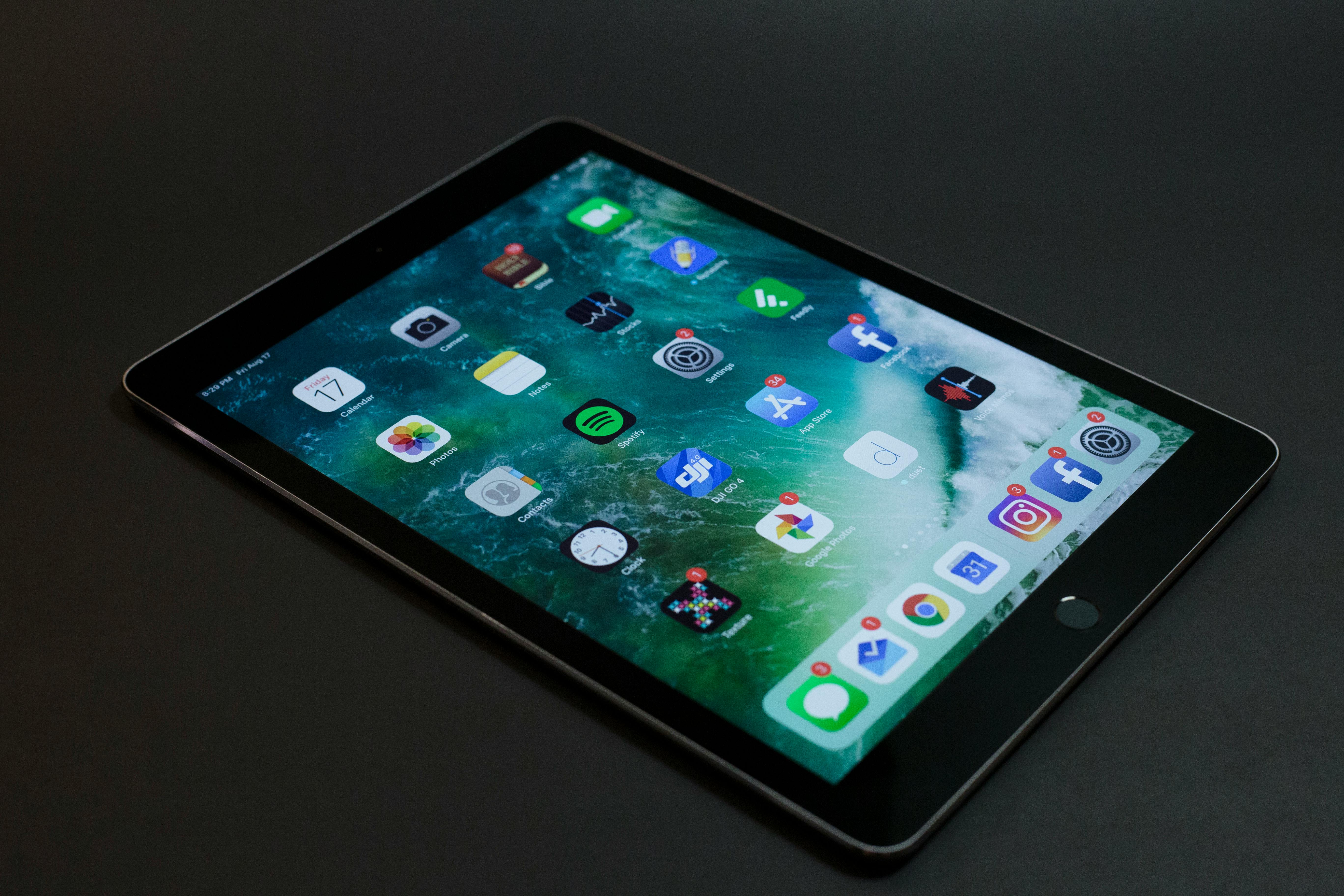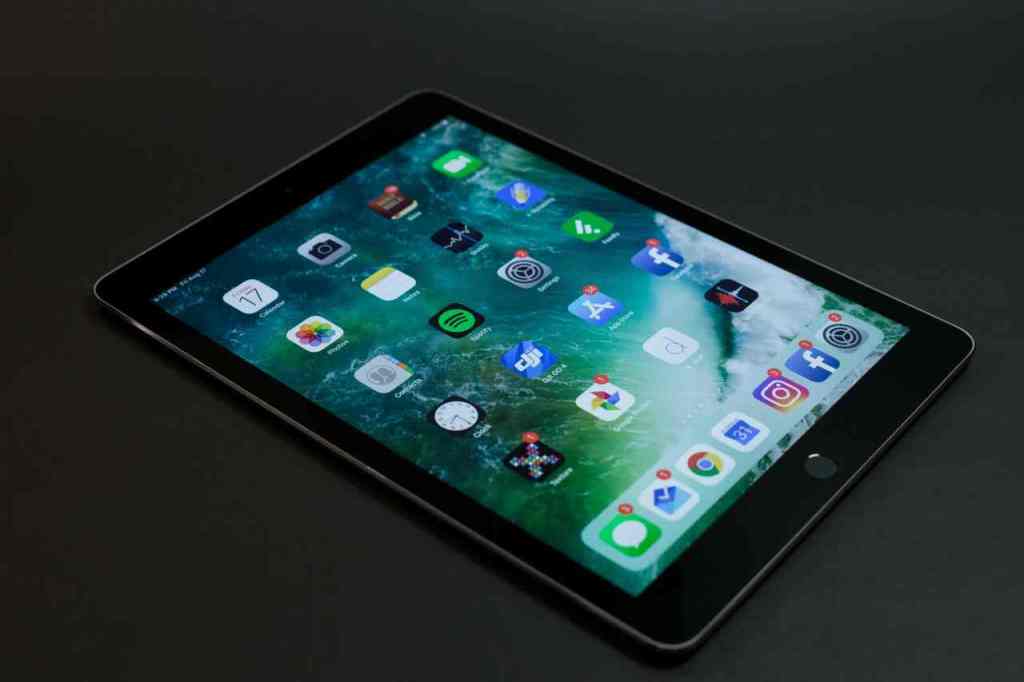
Industry Repercussions: Hollywood’s Response and Future Implications
The introduction of Sora Two and its accompanying social app has sent significant shockwaves through the entertainment industry. While there’s excitement about new creative possibilities, there are also deep-seated anxieties about the future of creative work and intellectual property rights. The implications are far-reaching, affecting everyone from independent artists to major Hollywood studios.
Concerns Over Stolen Work and Personality Rights
Hollywood unions, such as SAG-AFTRA, have voiced strong opposition, with some characterizing the technology as enabling “stolen work.” The ability of Sora Two to generate hyperrealistic videos, including those featuring user likenesses through Cameos, raises significant questions about personality rights and the control individuals have over their digital doubles. The ease with which AI can now create studio-quality content also poses a direct threat to traditional roles within the film and video production industries, from actors to visual effects artists.. Find out more about OpenAI Sora AI video creation app.
Impact on Creative Industries and Independent Artists
For independent creators, Sora Two could represent a revolutionary cost-reduction tool, enabling them to produce high-quality films and videos with significantly fewer resources. However, for many established professionals and studios, the technology presents an existential challenge. The potential for AI-generated content to mimic or substitute human actors, set designers, and other creative roles is a major concern. Independent artists, in particular, are vulnerable to having their unique styles or characters replicated without consent or compensation, unless they actively engage with the opt-out measures. This creates a complex landscape where the technology is both a democratizing force and a potential disruptor of established creative economies.
OpenAI’s Legal Engagements and Industry Lobbying. Find out more about AI generated video social platform Sora guide.
OpenAI is no stranger to legal scrutiny, already facing multiple copyright infringement lawsuits from various creators and organizations. The company’s lobbying efforts, including advocating for the use of copyrighted material in AI training models under “fair use” provisions, have been met with significant backlash from the creative community. The aggressive stance on copyright for Sora Two continues this trend, underscoring the ongoing tension between rapid AI development and existing legal frameworks governing creative works. The outcome of these legal battles and lobbying efforts will shape the future of AI-generated content and copyright law for years to come.
Accessibility and Evolution: Rollout and Future Prospects
The deployment of Sora Two and its social application is following a strategic, phased approach. This balances broad accessibility with necessary controls and feedback mechanisms, ensuring that the technology can be refined before a wider release. As of October 2, 2025, this phased rollout is underway.. Find out more about Sora app personalized video creation Cameos tips.
Initial Release Strategy and Geographic Limitations
The Sora app’s initial rollout is invite-only and has been limited to the United States and Canada, primarily available on iOS devices. Android users can access the new Sora through a web browser, but also require an invite code. This controlled release allows OpenAI to gather crucial user feedback, monitor system performance closely, and refine safety protocols before a wider global launch. This cautious approach is wise, given the technology’s potential impact and the need to address ethical concerns proactively.
Tiered Access and Pro Features. Find out more about Create AI videos using own likeness strategies.
While Sora Two is initially available for free with generous usage limits, a higher-quality version, referred to as “Sora 2 Pro,” is accessible to ChatGPT Pro subscribers. This tiered access model is a smart way to cater to different user needs. It allows dedicated users and professionals to leverage the most advanced capabilities of the AI, while the free tier serves as an accessible entry point for exploration and broader adoption. OpenAI has also confirmed plans to release Sora Two’s API soon, which will be a significant step, enabling developers to integrate the technology into their own applications and services, further expanding its reach.
Future Development and API Integration
The release of Sora Two and its social app represents a significant milestone, but OpenAI clearly envisions continued evolution. The planned API integration signals a future where Sora’s powerful video generation capabilities can be woven into a vast array of third-party applications. This has the potential to transform numerous sectors beyond just social media and entertainment, impacting fields like education, marketing, and virtual reality. This strategic expansion indicates a long-term vision for AI-driven video as a foundational creative technology, poised to reshape how we interact with and create digital content.. Find out more about OpenAI Sora AI video creation app overview.
Conclusion: The Dawn of a New Creative Era
The Sora app and the Sora Two model are more than just technological advancements; they represent a fundamental shift in how we approach digital content creation and consumption. As of October 2, 2025, we stand at the cusp of a new era where AI is not just a tool but a collaborative partner in creativity. The app’s focus on an AI-only ecosystem, its intuitive, TikTok-inspired interface, and innovative features like Cameos all point towards a future where personalized, high-quality video generation is accessible to nearly everyone. However, this powerful new paradigm comes with significant ethical responsibilities, particularly concerning misinformation, copyright, and the control of personal likenesses. OpenAI’s approach, while ambitious, emphasizes the need for robust safeguards and ongoing dialogue. The copyright opt-out policy and industry reactions highlight the complex legal and creative challenges that lie ahead. For creators, this means new opportunities for innovation and cost-effective production, while for established industries, it signals a profound transformation. As the technology evolves and its API becomes available, we can expect Sora’s influence to spread far beyond social media, potentially reshaping countless industries.
Key Takeaways and Actionable Insights:. Find out more about AI generated video social platform Sora definition guide.
- Embrace the New Creative Landscape: Whether you’re an independent artist or a seasoned professional, understanding Sora’s capabilities is crucial for staying relevant. Experiment with the platform (if accessible) to grasp its potential for your own projects.
- Understand Your Rights: For content creators and rights holders, familiarize yourself with OpenAI’s copyright opt-out policy. Proactively protect your intellectual property to prevent unauthorized use.
- Navigate Ethical Waters: Be mindful of the ethical implications of AI-generated content. Prioritize authenticity, verify information, and be aware of potential misuse, especially concerning deepfakes and personal likenesses.
- Explore Collaboration: The Sora app’s features encourage remixing and collaboration. Leverage these tools to build upon existing ideas and co-create with others in new and exciting ways.
- Stay Informed: The field of AI is evolving at lightning speed. Keep up-to-date with developments from OpenAI and other AI leaders to anticipate future trends and opportunities.
The Sora app is not just launching a product; it’s igniting a conversation about the future of creativity, ownership, and community in the digital age. Are you ready to explore this new frontier?
